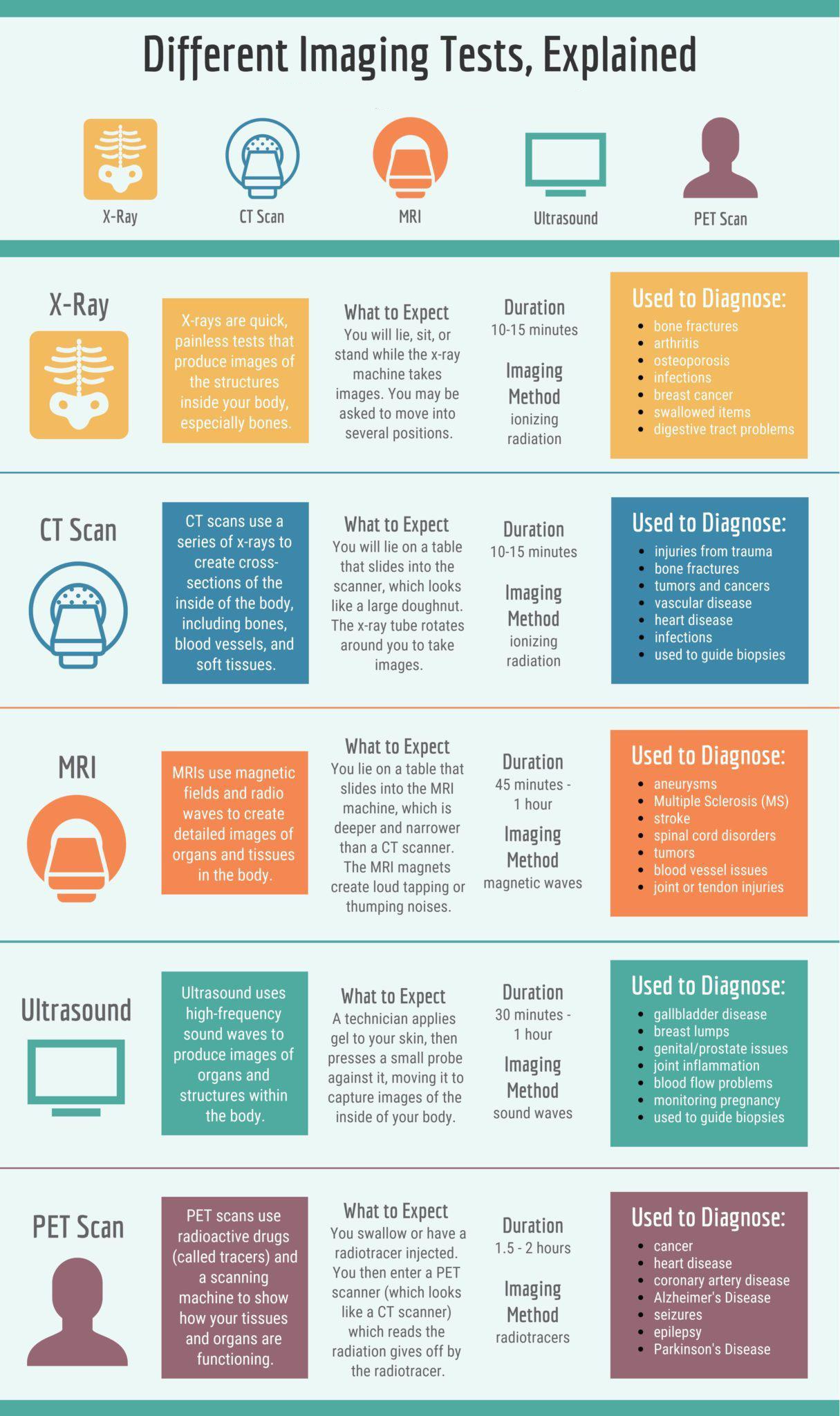Embarking on a career in medical imaging is an exciting journey. With so many specialties to choose from, it can be challenging to decide which imaging modality is the best fit for your skills, interests, and long-term goals. Each modality offers unique opportunities and demands a specific set of skills. Here's a guide to help you navigate your options and make an informed decision.
1. Understand the Different Modalities
Before choosing a path, it's essential to understand what each imaging modality entails. Here are some of the most common options:
- Radiography (X-Ray): Produces static images of bones and organs. Often a starting point for many imaging professionals.
- Computed Tomography (CT): Uses X-rays to create detailed cross-sectional images, ideal for diagnosing trauma and complex conditions.
- Magnetic Resonance Imaging (MRI): Employs magnetic fields and radio waves to produce detailed images, especially of soft tissues and the nervous system.
- Ultrasound (Sonography): Uses sound waves to create real-time images, commonly used in obstetrics, vascular studies, and cardiac imaging.
- Nuclear Medicine: Involves injecting radiopharmaceuticals to visualize organ function and structure.
- Mammography: Specializes in breast imaging for cancer detection and prevention.
- Positron Emission Tomography (PET): Combines nuclear medicine with CT imaging to detect metabolic and physiological changes, often used in oncology and neurology.
- Interventional Radiology (IR): Assists in minimally invasive procedures guided by imaging.

2. Assess Your Interests and Strengths
Different modalities appeal to different personality types and skill sets. Consider the following:
- Do you enjoy patient interaction? Ultrasound and mammography often involve direct and frequent communication with patients.
- Are you detail-oriented and tech-savvy? MRI and CT rely on advanced technology and require precision.
- Do you thrive in high-pressure environments? Interventional radiology and CT imaging often require quick decision-making in emergency situations.
- Do you have an interest in oncology or research? Nuclear medicine and PET imaging play significant roles in cancer diagnosis and treatment monitoring.
3. Research Education and Certification Requirements
Each modality has specific educational paths and certifications. Ensure that you understand the prerequisites for entering your chosen field:
- Radiography: Typically requires an Associate’s degree and ARRT certification.
- CT and MRI: Often require additional certifications after completing a radiography program.
- Ultrasound: Requires specialized training, often through a Diagnostic Medical Sonography program and ARDMS certification.
- Nuclear Medicine and PET: Require a degree in Nuclear Medicine Technology and certifications through NMTCB or ARRT.
- Mammography: Requires additional training and certification after completing a radiography program.
- Interventional Radiology: Builds on radiography with advanced certifications in vascular-interventional radiography.
4. Consider Job Market and Salary Prospects
Research the demand for your chosen modality in your desired location. Some roles, such as MRI technologists and interventional radiology technologists, often command higher salaries due to their specialized skills. Check job boards, talk to industry professionals, and explore local market trends to ensure your chosen modality aligns with your financial and career goals.
5. Weigh Potential Weaknesses
While each modality offers unique benefits, there are also challenges to consider:
- Radiography: High exposure to radiation (with safety protocols in place) and physical demands from moving equipment and patients.
- CT: Similar radiation exposure risks and a fast-paced environment that can be stressful.
- MRI: Requires long periods of concentration and patient management in confined spaces, which can be challenging for some.
- Ultrasound: Physically demanding due to repetitive motions and prolonged scanning, potentially leading to musculoskeletal issues.
- Nuclear Medicine and PET: Involves handling radioactive materials and requires strict adherence to safety protocols.
- Mammography: High emotional stakes as patients often undergo mammograms for cancer screening, requiring sensitivity and professionalism.
- Interventional Radiology: Demanding procedures that require precision and the ability to work well under pressure in surgical settings.
6. Seek Clinical Experience and Shadowing Opportunities
Many imaging programs include clinical rotations that expose students to different modalities, but you can also take initiative outside of formal rotations. Reach out to local hospitals or imaging centers to request a job shadow. Observing technologists in action allows you to see the daily responsibilities, work environment, and patient interactions firsthand.
Additionally, connect with students who are currently enrolled in imaging programs. They can provide insights into the coursework, clinical experiences, and challenges of the program. Their firsthand knowledge can help you determine whether a specific modality aligns with your interests and abilities.
7. Think About Long-Term Goals
Consider where you see yourself in 5-10 years. Some modalities, like interventional radiology or MRI, may offer opportunities for advanced roles or leadership positions. Others, like ultrasound, might appeal to those seeking flexibility or opportunities to specialize further in areas such as cardiac or vascular imaging.
8. Network with Professionals
Speak with experienced imaging technologists to gain insights into their daily responsibilities, challenges, and rewards. Joining professional organizations and attending industry events can also provide valuable networking opportunities.
Final Thoughts
Choosing the right imaging modality is a personal decision that depends on your interests, strengths, and career aspirations. Take the time to explore your options, gain hands-on experience, and seek advice from professionals in the field. With careful planning and dedication, you can build a fulfilling career in medical imaging that aligns with your passions and goals.
Ready to explore career opportunities in medical imaging? Visit jobs.imagingstaff.com to discover open positions and find your perfect fit!